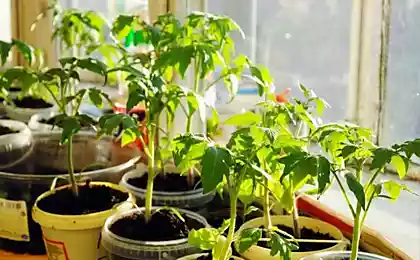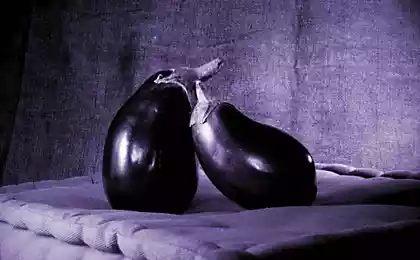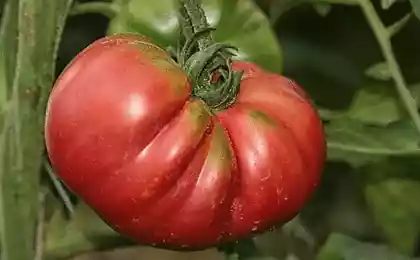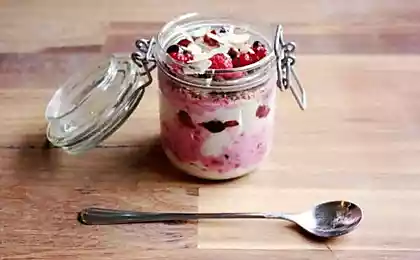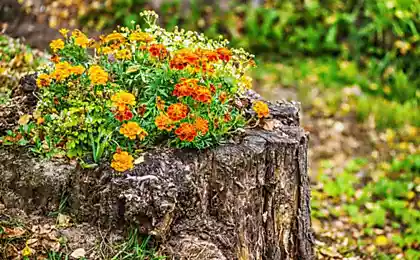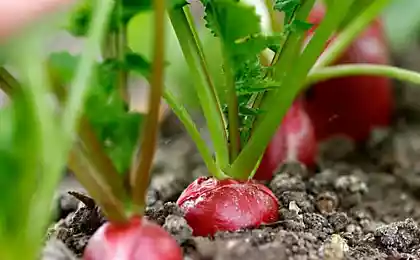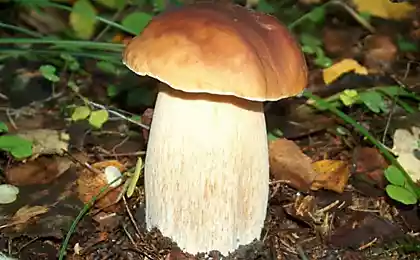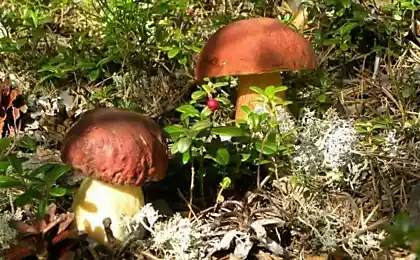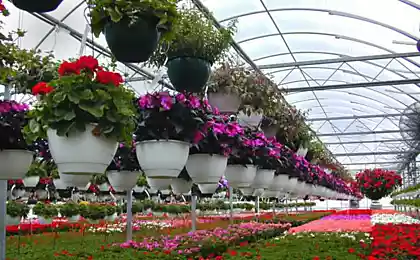213
Cultivation of pepper by "lazy" technology
Pepper can be grown without much labor and timewithout the use of complex fertilizers and toxic chemicals, without special agrotechnical techniques that take away from the “lazy” gardener eternally scarce time and effort.This is possible if you know a few important details.
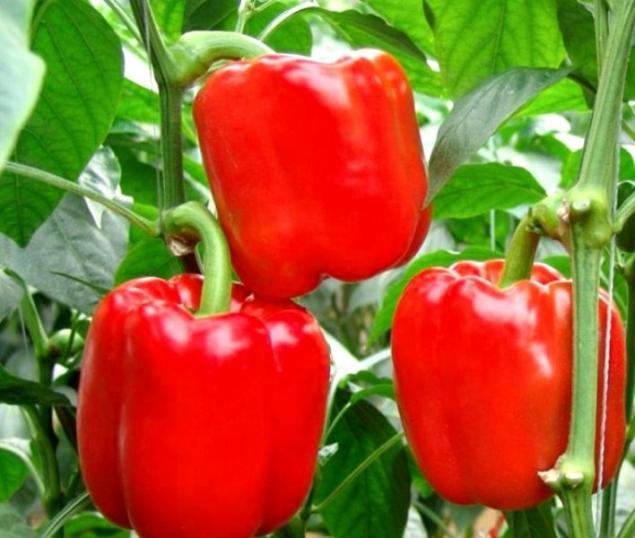
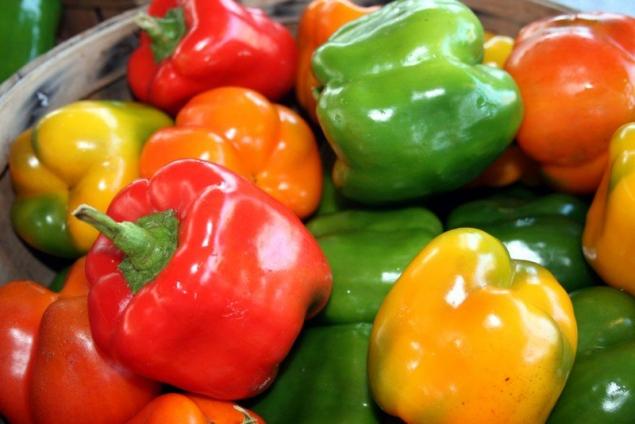
So, growing sweet pepper, as you can see, is probably easier than tomatoes. Fertile soil, good varieties and seeds, reasonable terms of sowing and planting in the ground, watering and sunlight guarantee a harvest in any year.
Of course, you need to consider your climate. I plant everything in the Black Earth region in early May, although it is customary to land on May 20.
P.S. And remember, just by changing your consciousness – together we change the world!
Source: vk.com/dacha.life?w=wall-83256656_35129

- The timing of sowing seeds for seedlings depends on the conditions of growing seedlings. If you have optimal lighting conditions (and these are usually southern windows, greenhouses, or daylight lamps), then sowing should be carried out in late March - early April.If you grow seedlings on western or eastern windows, then sow in late February - early March. Soil for seedlings should be taken more fertile than for tomatoes: on a bucket of turf earth add 1/3 of a bucket of old trampled manure and a glass of wood ash. Before sowing, it is desirable to soak the seeds in wet gauze (not in water!) for 2-3 days.
- After the appearance of the first real leaf, the seedlings dive (plant) into separate pots. For pepper seedlings, jars of mayonnaise and margarines are best suited, since at a soil height of 5-6 cm, the seedlings are more stocky than at a height of 8-10 cm, which usually occurs at the walls of boxes.
- During the cultivation of seedlings, it is desirable to make 2-3 fertilizing with a mixed fertilizer solution. In part of the seedlings of precocious and medium-ripe varieties and hybrids, you can pinch the top over 5-6 leaves. The pinched seedlings of the week will stop growing by 2-3, which is very convenient: the seedlings will be small, conveniently transported, with better survival in the ground. And the main thing that can be expected from seedlings grown in this way is a higher harvest, since the bushes will begin to branch earlier, and the fruits are mainly formed on lateral shoots. However, the first fruits from plants, seedlings of which were pinched, will be ready for use 10 days later, so we recommend pinching only part of the seedlings. With plants left without pinching, you can remove the first early fruits, and pinched will give a plentiful harvest later.
- Pepper is planted at the same time as tomatoes: after June 10 - in open ground, in mid-May - under small film shelters. Immediately after planting a ridge with peppers, mulch a layer of 5-6 cm. As mulch can be used: humus, sawdust, finely cut weed grass, straw. Further care consists in watering.
And another important recommendation.As soon as the fruit has grown to a normal size for this variety, remove it immediately. If the fruit is left to ripen, new ovaries will stop growing. - During the growing season, peppers are cut several times, shortening the longest shoots. Pruning achieve the absence of shaded branches and processes in pepper. Nothing will grow wise on them anyway. Be sure to remove all the processes below the main fork of the stem and branch inside the crown, as they are always shaded. Pruning is usually done once a week, after harvesting the fruit.
- To form a compact bush with well-developed lateral shoots, it is necessary to remove the top of the main stem when the pepper plant reaches a height of 20-25 cm. Pinched plants will quickly begin to branch. Of all the shoots that appear, only 4-5 upper ones (stepsons) are left, and the rest are removed. On the abandoned shoots will be formed harvest. At the same time, 20-25 fruits are left on pepper plants. You can not pinch, but remove extra stepsons.

So, growing sweet pepper, as you can see, is probably easier than tomatoes. Fertile soil, good varieties and seeds, reasonable terms of sowing and planting in the ground, watering and sunlight guarantee a harvest in any year.
Of course, you need to consider your climate. I plant everything in the Black Earth region in early May, although it is customary to land on May 20.
P.S. And remember, just by changing your consciousness – together we change the world!
Source: vk.com/dacha.life?w=wall-83256656_35129


